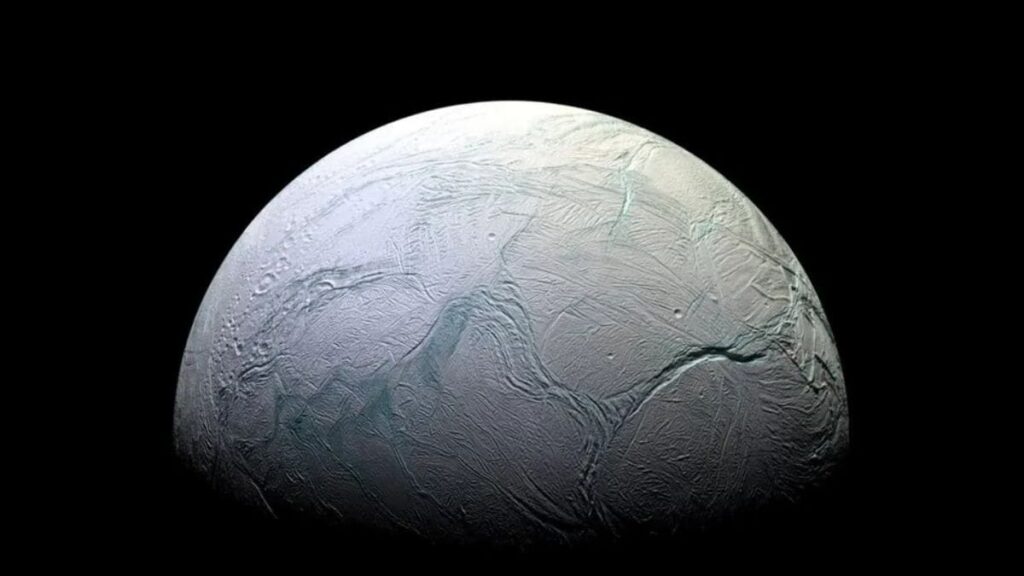Water ice coats many outer solar system bodies – from Jupiter’s icy moon Ganymede (above) to interstellar dust. On Earth, ice freezes into a neat crystal lattice, but in the deep cold of space it was assumed to form a completely amorphous (glassy) solid. A new study by University College London and Cambridge scientists challenges this picture. Their computer simulations and X-ray tests on cosmic “low-density” ice suggest it actually contains tiny crystalline grains. In some models roughly 20–25% of the ice was in crystal form, overturning the long-held view that space ice is entirely structureless.
Simulations reveal hidden nanocrystals
According to the paper, computer simulations of space ice showed it contains nanocrystals. In one approach, researchers cooled virtual water to –120 °C at different rates to form model “ice cubes.” Depending on the cooling speed, the simulated ice ranged from fully amorphous to partly ordered. Structures with roughly 16–19% of the molecules in tiny crystal clusters best matched published X-ray data for low-density ice. In another simulation, thousands of nanometer-sized ice grains were packed together and then the remaining water molecules were randomized. This produced ice about 25% crystalline, yet still reproduced the known diffraction pattern.
In laboratory experiments the team also made actual low-density amorphous ice by vapor deposition and gentle compression. When these samples were slowly warmed to crystallize, the resulting ice showed a “memory” of its formation method.
Implications for planets and origins of life
The findings give “a good idea of what the most common form of ice in the Universe looks like at an atomic level,” which is important for models of planet and galaxy formation. They also bear on theories of life’s origins. Partly crystalline ice has less internal space to trap organic molecules, potentially making it a less efficient vehicle for amino acids or other prebiotic compounds. However, Dr. Davies notes that pockets of fully amorphous ice still exist, so cosmic dust grains and cometary ices could continue to harbor organic ingredients in those disordered regions.
For the latest tech news and reviews, follow Gadgets 360 on X, Facebook, WhatsApp, Threads and Google News. For the latest videos on gadgets and tech, subscribe to our YouTube channel. If you want to know everything about top influencers, follow our in-house Who’sThat360 on Instagram and YouTube.
space ice, amorphous ice, crystalline ice, UCL, University of Cambridge, nanocrystals, planetary science, origins of life, X-ray diffraction, space research, Physical Review B

NASA Deploys High-Tech Aircraft to Support Texas Flood Relief and Recovery Efforts
MIT Develops Low-Resource AI System to Control Soft Robots with Just One Image



